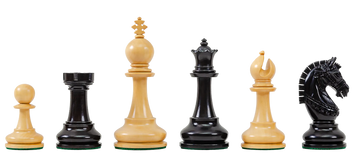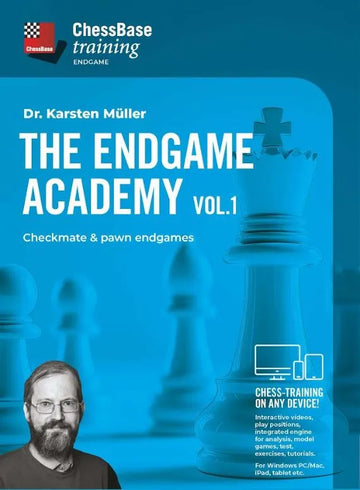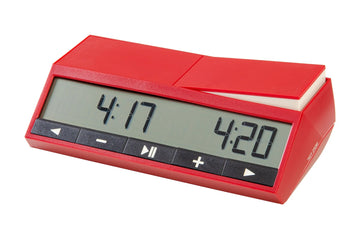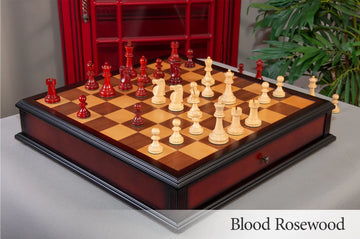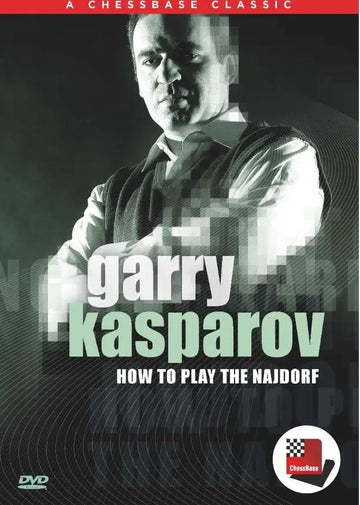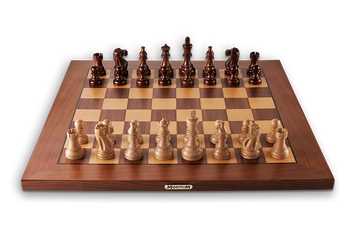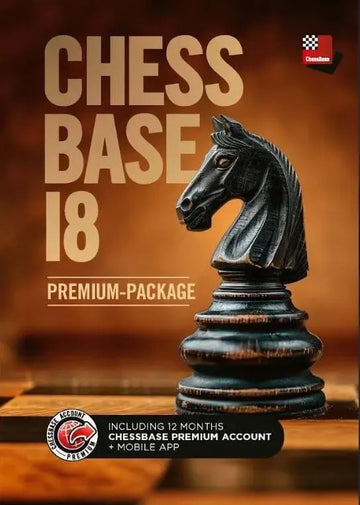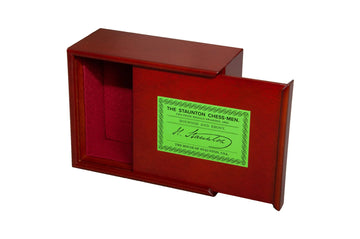Algebraic Chess Notation a Complete Guide
You show up to your first chess tournament, ready to play, but then they hand you a pencil and paper, and you have to… write down your moves? How? When? Why? Algebraic chess notation is the language that chess players use to record their games. If you want to play in a tournament game, read a chess book, or record your casual games to review later, then you will need to learn this weird mix of numbers and letters. If you want to improve as a chess player, understanding chess notation will help you comprehend chess moves and study chess games more effectively.

What is Algebraic Chess Notation
I was bad at math, which is why I write blog posts instead of math equations; however, chess notation somehow uses algebra. Well, not really. The term 'algebraic' is used because it employs a coordinate system to identify squares on the chessboard, much like how algebra uses coordinates to plot points on a graph. Between algebraic notation and the term ‘chess geometry,” maybe I do like math!
Descriptive notation
Descriptive notation is a chess notation system based on an abbreviated language instead of the coordinate system. This refers to files by the piece occupying the back rank square in the starting position (which can be confusing to those accustomed to algebraic notation). It also depends on whether each square is seen from either White's or Black's perspective. It was used in English, Spanish, and French chess literature until around 1980.
Personally, I’m happy that modern books use algebraic chess notation as opposed to descriptive notation, but if you are looking through older chess books, you might still run across descriptive notation.
Core Elements of Chess Notation
To understand chess notation, you first need to understand the chessboard itself. Each square on the board can be identified by its coordinates. Across the bottom of the board, there are the letters a-h, along with numbers up the side of the board, 1-8. The letters are the files, and the numbers are the ranks.
Abbreviations for Piece Moves
Before we can notate moves, we have to understand the language. For pawn moves, you do not need an abbreviation for the piece. If you see a move notated Pe4, that would be incorrect. Instead, you just notate a pawn moving to the e4 square as e4. The other pieces, however, do use letters to abbreviate the pieces. K = King, Q = Queen, R = Rook, B = Bishop, and N = Knight. Notice that the king reserves the use of the K, and the knight has to use an N.
Building the Move
To understand algebraic chess notation, it is helpful to understand the purpose of the notation. This is to communicate to the person reading the notation what happened in the game, without providing any other context, but also as efficiently as possible. This means that the notation must be specific enough to clarify what is happening, but not include unnecessary information.

The Piece
Start with the piece you are moving. Let's say it’s a queen. No matter what else is happening in this notation, we will have a Q at the beginning to indicate which piece is moving.
Landing Square
Next, we add the square you are landing on and determine whether that move is a capture. If it is just a queen moving to the c4 square, you just add c4 to the notation, and we have Qc4, a complete move. But, if you capture something on that square, you would indicate that the queen “captured” on c4 by using an x. Qxc4.
Additional information
Now, we need to ensure that nothing else has happened with this move, or that we don’t require any further clarification. If the move was a check, then you add a + symbol at the end of the move. Qxc4+. Also, if it were a checkmate, then you would use a # symbol. Qxc4#.
Clarifying Which Piece
If you happened to have two queens on the board, and they could both move to the c4 square, you might have to indicate which one is moving by adding a clarifying number or letter to indicate the rank or file of the piece you moved. That could look like Qaxc4# to indicate that the queen you moved was the one on the a-file. This happens most often with rooks that are connected on the back rank, where you might need to indicate which one is moving to an open file.
Special Moves in Algebraic Notation
In addition to standard moves, notation also needs to be able to communicate some of the special moves that chess has. These moves cannot be adequately communicated through the normal process of “piece” then “landing square.” This is either because more than one piece is moving or a pawn is being promoted.
Castling
Castling is one of the weirder notations. Kingside and queenside is written as O-O and O-O-O respectively. Because you move two pieces when castling, you require a special notation.
Pawn Promotion
Pawn promotion is another unique move that needs its own notation. When a pawn gets to the end of the board, you have the option to promote that pawn and turn it into a new piece. You can choose which piece, so your notation indicates what by saying e8=Q if turning into a queen.
En passant captures
I am often asked about notating en passant, but it is actually quite simple. En passant is simply another type of pawn capture. You indicate the piece by using a lowercase letter for the pawn that is moving, and then indicate the capture as well as the landing square. So it would look like exd6, a normal capture as if the pawn had just moved one square, and you captured it.
How to Read a Complete Chess Game
Once you understand chess notation, it actually allows you to play through famous games of the past. There are hundreds of chess books that showcase wonderful master games, but if you don’t know how to read them, then you will be lost. Now, you can follow along with the chess game move by move, understanding at least which moves were played, if not why they were played.
Using Notation to Improve Your Game
A serious chess player, once they have learned chess notation, can use that skill to improve their game. Not only can you read through important games of the past, but you can keep chess records of your own play and learn from your past games by analyzing them. Going through our own games is one of the best ways to improve at chess, and learning algebraic chess notation can help you record games and play back through them later, either on your own or with a coach.
Common Mistakes in Chess Notation
Notating your games can take some getting used to, and it may take more time at first. But here are a few of the most common mistakes I see beginners make when trying to notate their moves.
Pawn Problems
Using a capital P to indicate a pawn move. This may seem necessary, but all we need is the lower-case letter indicating the file.
Capital Letters
Along with an unnecessary capital P, I also see beginners either not capitalizing the other pieces, like using ra3 instead of Ra3, or capitalizing a pawn move like E3. This is obviously not the biggest mistake, but we want to get into the habit of notating in the most straightforward way possible.
Forgetting to Add Clarifying Symbols
Omitting things like the check or checkmate symbol is one of the most common mistakes I see. Knowing whether a move is a check is such vital information that we need to ensure we include any additional important information about the moves.
Missing a Move.
When you get into a game, sometimes it can be easy to miss a move and get off on your notation. Because you are notating both your own moves and the moves of your opponent, if you forget to write your own move, it is very easy to start writing your move in the wrong column and be off a move or two or three. This can make recreating the game a nightmare, and often, students will just give up analyzing a game if this happens. If you realize you have made a mistake in your notation during your game, don’t waste time trying to fix your notation in the moment; just skip a line, write your move in the correct column, and continue.
Not Notating at All!
Too many beginners just forget to notate all altogether. Depending on the tournament or the level of formality in your games, that might not be allowed. Not only that, but notating a game will help you improve. Later, you can take a look at that game and learn from it.
Play, Review, Improve
The best part about learning to notate is that now, not only can you play in official chess tournaments and chess matches, but you can also learn from those games. Writing your moves down on a chess notation sheet will not only help you focus, help you later review the game, but it also lets you focus even more on the moves you play. Chess is a language as much as anything, and algebraic chess notation is a key part of learning that language and improving at the game.

